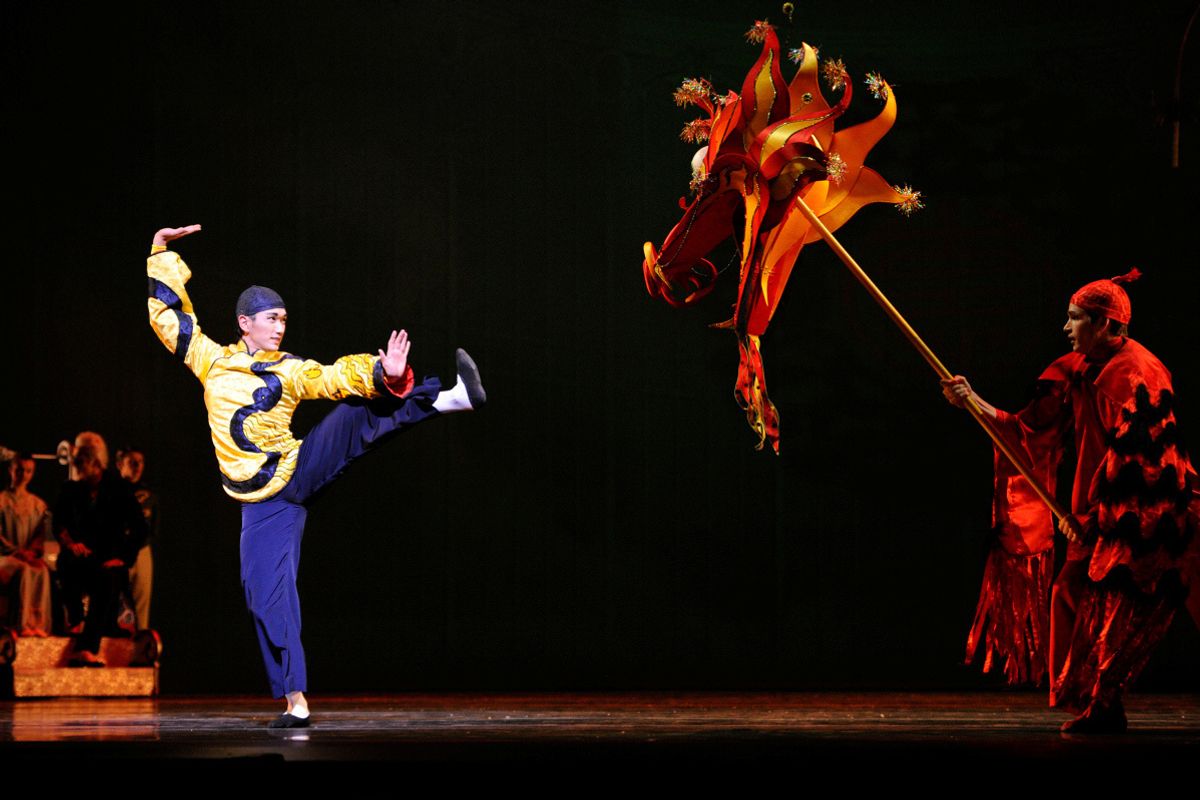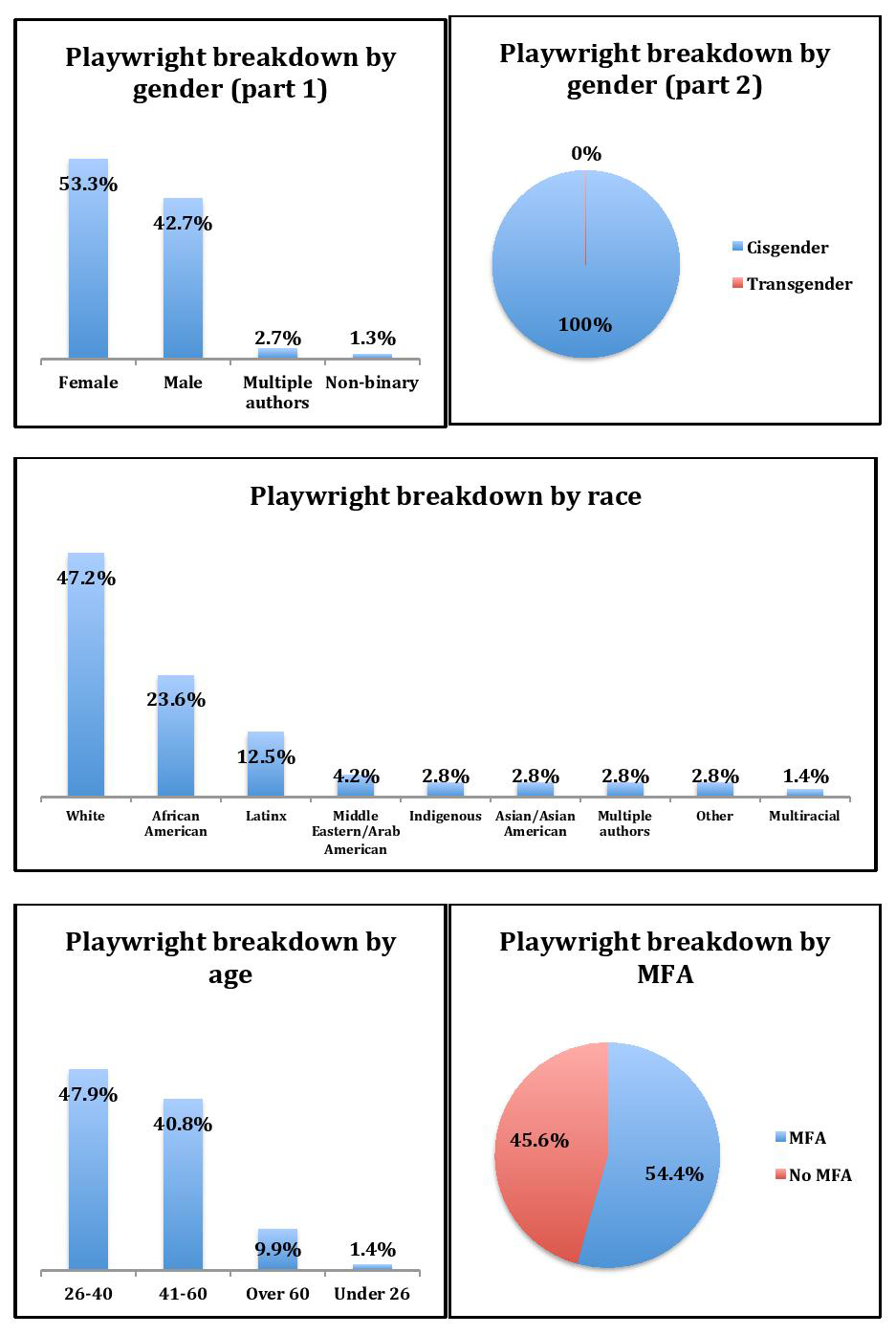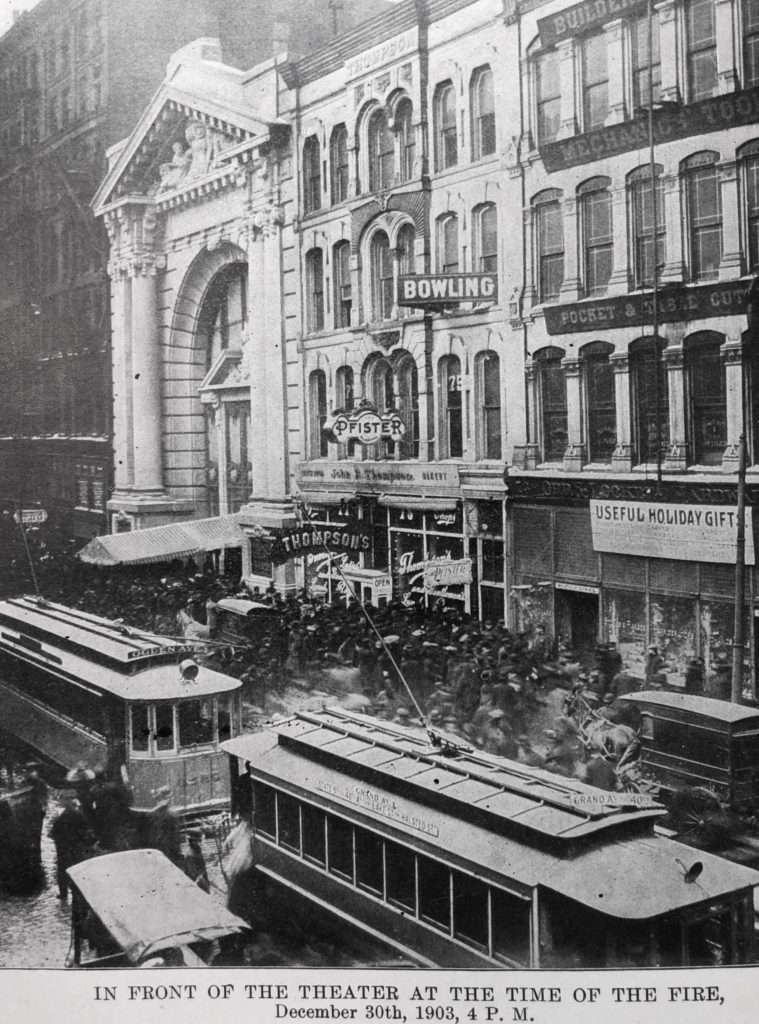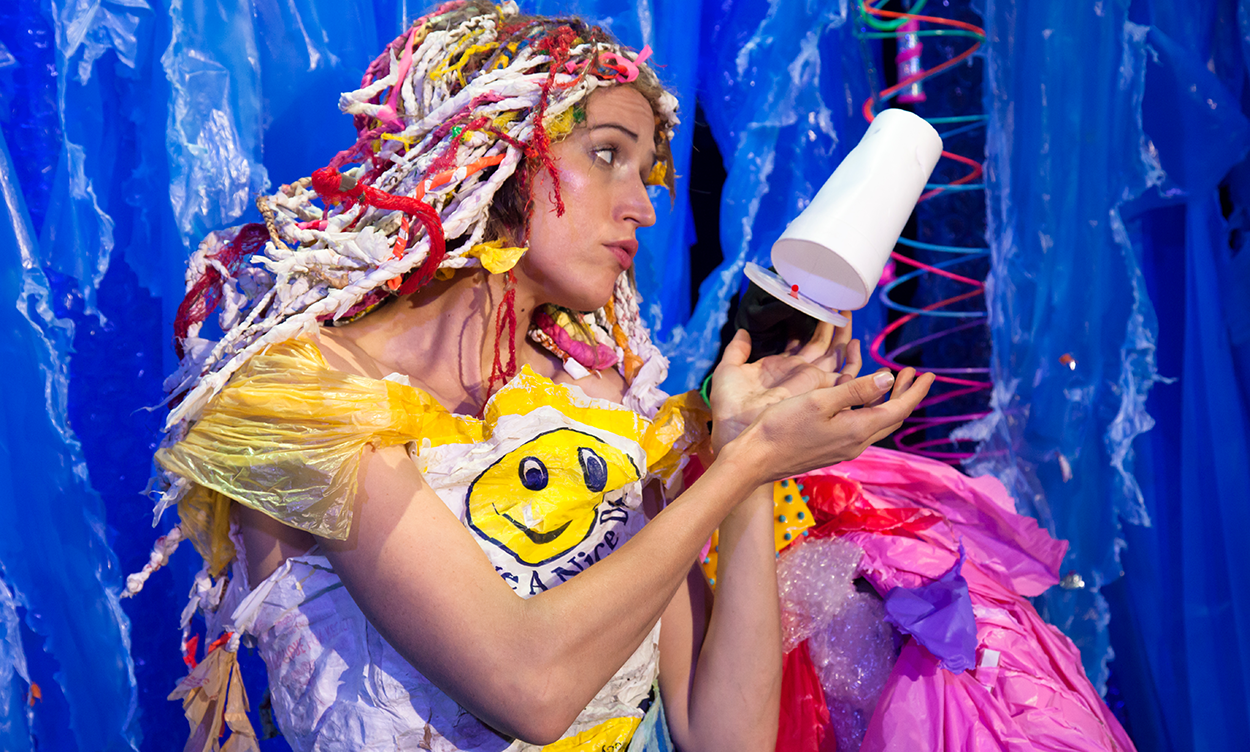Here are a few posts from last week's Greenpage that might be worth your time...
Behind Every Film Production Is a Mess of Environmental Wreckage
VICE: Jurassic World: Fallen Kingdom didn't make much of an impression with critics, but the $300 million blockbuster represented an immense undertaking. Preproduction started in 2015 and included the film’s writer taking a cross-country road trip to hash out story details and a four-week working trip in Barcelona, where director J.A. Bayona and production designer Andy Nicholson figured out visuals like set design and framing shots.
A Fresh Cup of Tea: How to Make Nutcracker More Inclusive
Dance Magazine: It's Nutcracker time again: the season of sweet delights and a sparkling good time—if we're able to ignore the sour taste left behind by the outdated racial stereotypes so often portrayed in the second act.
In 2017, as a result of a growing list of letters from audience members, to New York City Ballet's ballet master in chief Peter Martins reached out to us asking for assistance on how to modify the elements of Chinese caricature in George Balanchine's The Nutcracker.
#PayUpHollywood: How Unionizing Has Impacted Assistants’ Salary Fight
Variety: Writers’ assistant Olga Lexell used to rack up around $10,000 a year in medical bills to manage a chronic condition, Hashimoto’s thyroiditis, that requires her to sit through thyroid X-rays and frequent blood tests. While her show was on hiatus, she would pay $500 a month to extend the insurance that the studio offered, even though it was “never that good.” It wasn’t until writers’ assistants and script coordinators banded together in early 2018 to unionize under the banner of IATSE Local 871 that her healthcare costs shrunk dramatically.
Setting the Story Straight on Trigger Warnings
Exeunt Magazine: This month, CPT is hosting our all-new ‘Handle with Care’ festival, three weeks of performance exploring the hotly contested concept of the so-called ‘snowflake generation’ and all that comes with it – trigger warnings and safe spaces, microaggressions and no-platforming. You would imagine that, embarking on this season of programming, we must have our own story straight – on how, when and to whom trigger warnings should be administered in a theatre context?
What Our New Plays Really Look Like
HowlRound Theatre Commons: The goal of this study is to use data to capture trends in new play production at the seventy-five LORT (League of Resident Theatres) member theatres and the thirty-two NNPN (National New Play Network) core member theatres. In working, I set out to answer three questions: Who is being produced on our stages? What kinds of characters are appearing on our stages? And what do these plays look like in terms of form and thematic content? By measuring where new play production is currently at, I hope to create an awareness of not only what is happening on our stages but also what is missing from them.



















